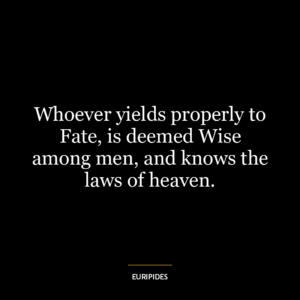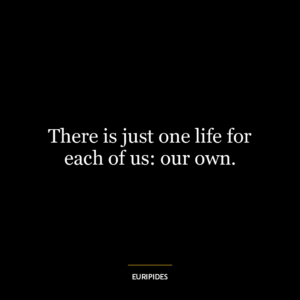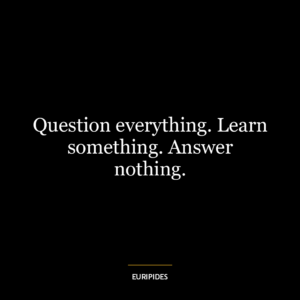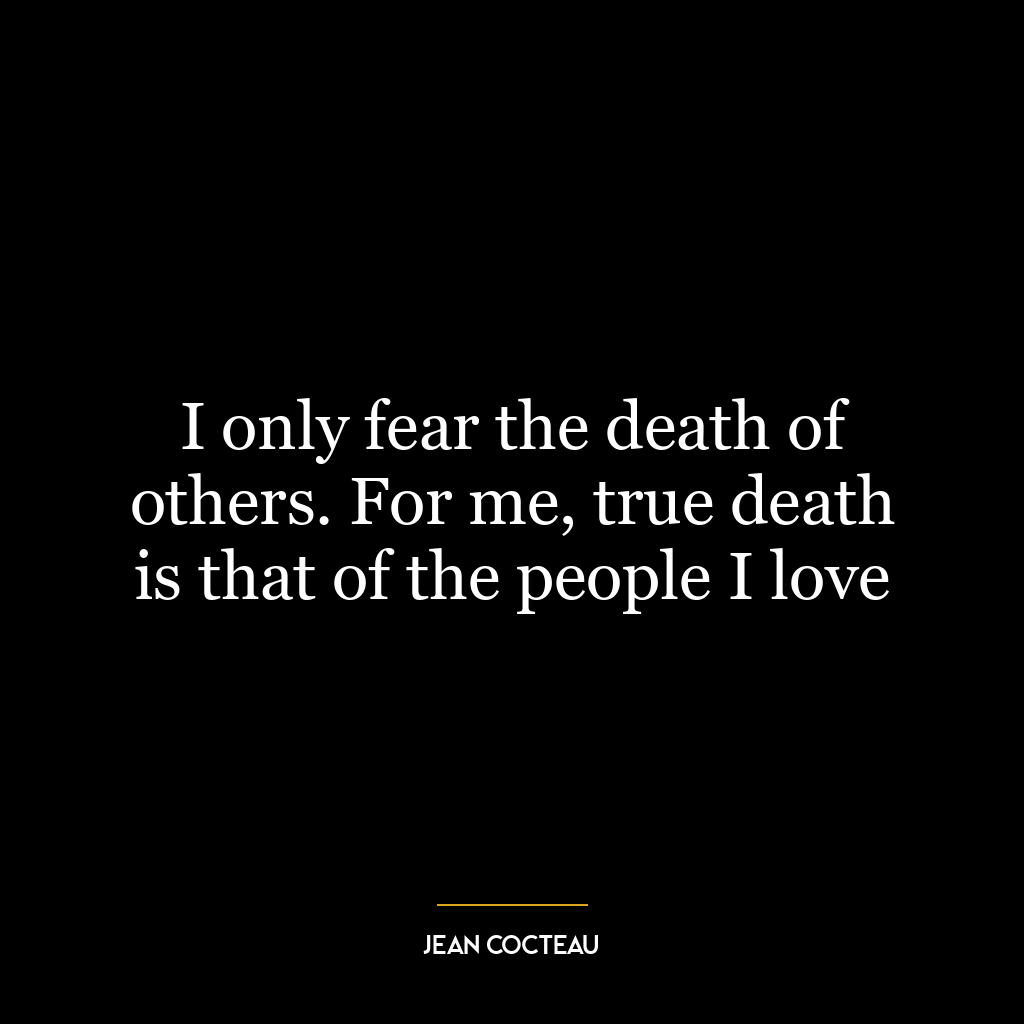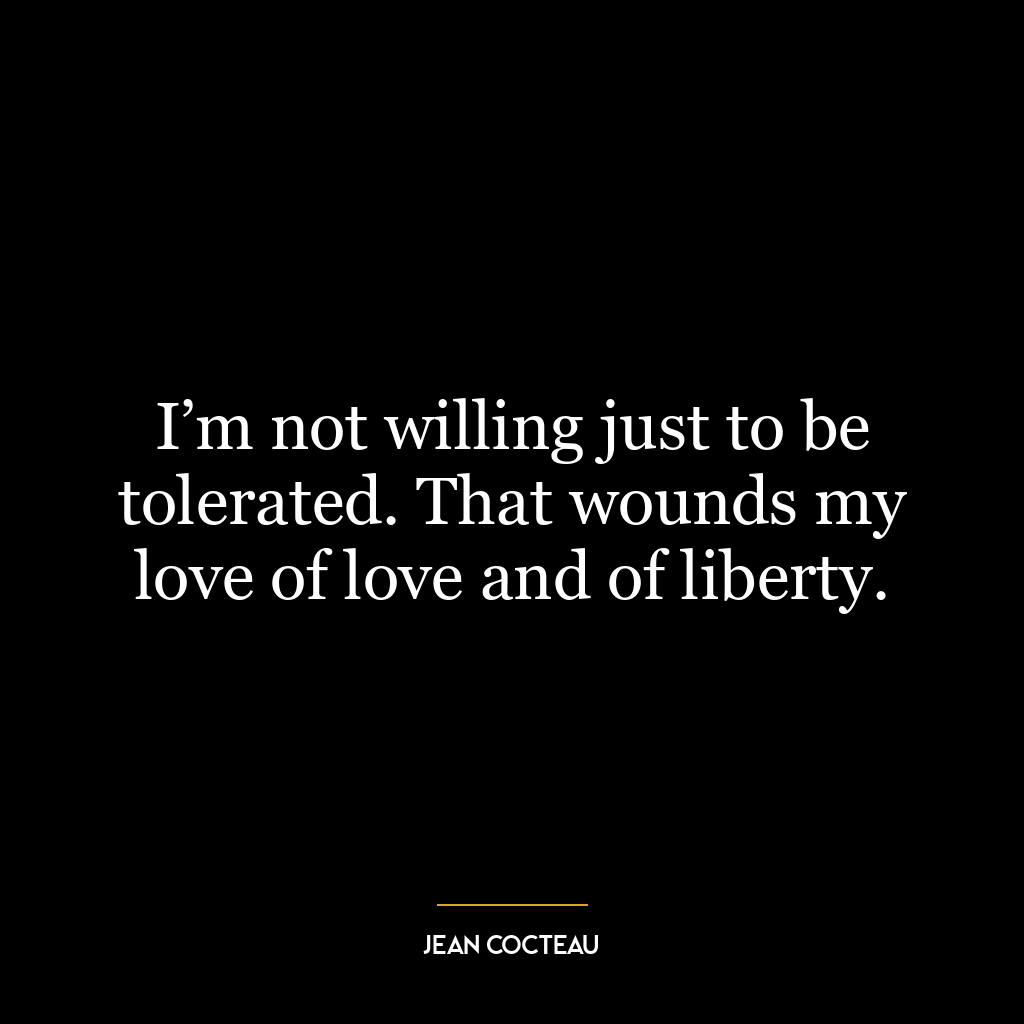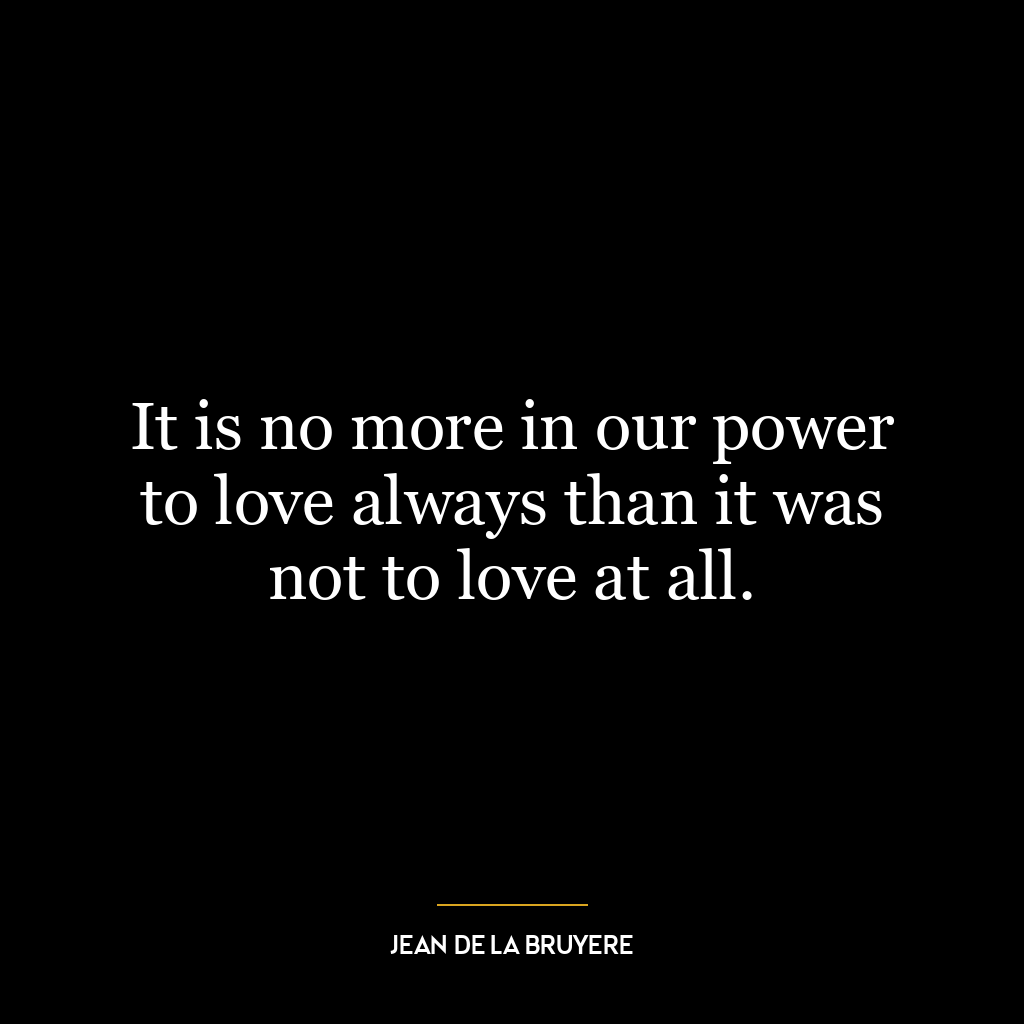This quote speaks to the intense emotional transformation that can occur when deep love turns into deep hatred. It suggests that the deepest, most unyielding form of hatred is that which has evolved from a once profound love. This is because love and hatred are not opposites, but rather two sides of the same coin, both being intense emotions that require a deep personal connection and investment.
When someone invests emotionally in another person to the point of deep love, they open themselves up to the potential for great pain and disappointment. If that love is betrayed or unrequited, the resulting pain can turn love into hatred. This transformation is so profound and impactful that it becomes the worst kind of hatred, one that is almost impossible to cure.
In today’s world, this idea can be seen in various contexts, from personal relationships to international relations. In personal development, understanding this concept can help individuals navigate their emotional responses to deep disappointment or betrayal. It can serve as a cautionary tale, reminding us to be careful about whom we let into our hearts and how we manage our expectations in relationships.
It also highlights the importance of forgiveness and emotional resilience. If we can learn to forgive and let go of our disappointments, we can prevent love from turning into hatred. This doesn’t mean that we should tolerate toxic or abusive relationships, but rather that we should strive to maintain our emotional health by not letting negative experiences poison our hearts.
In a broader societal context, this concept can also be applied to understand the roots of deep-seated conflicts and hatreds. Often, these conflicts have their roots in past alliances and friendships that turned sour, resulting in a deep-seated hatred that is difficult to cure. Understanding this can help in conflict resolution and peace-building efforts.



